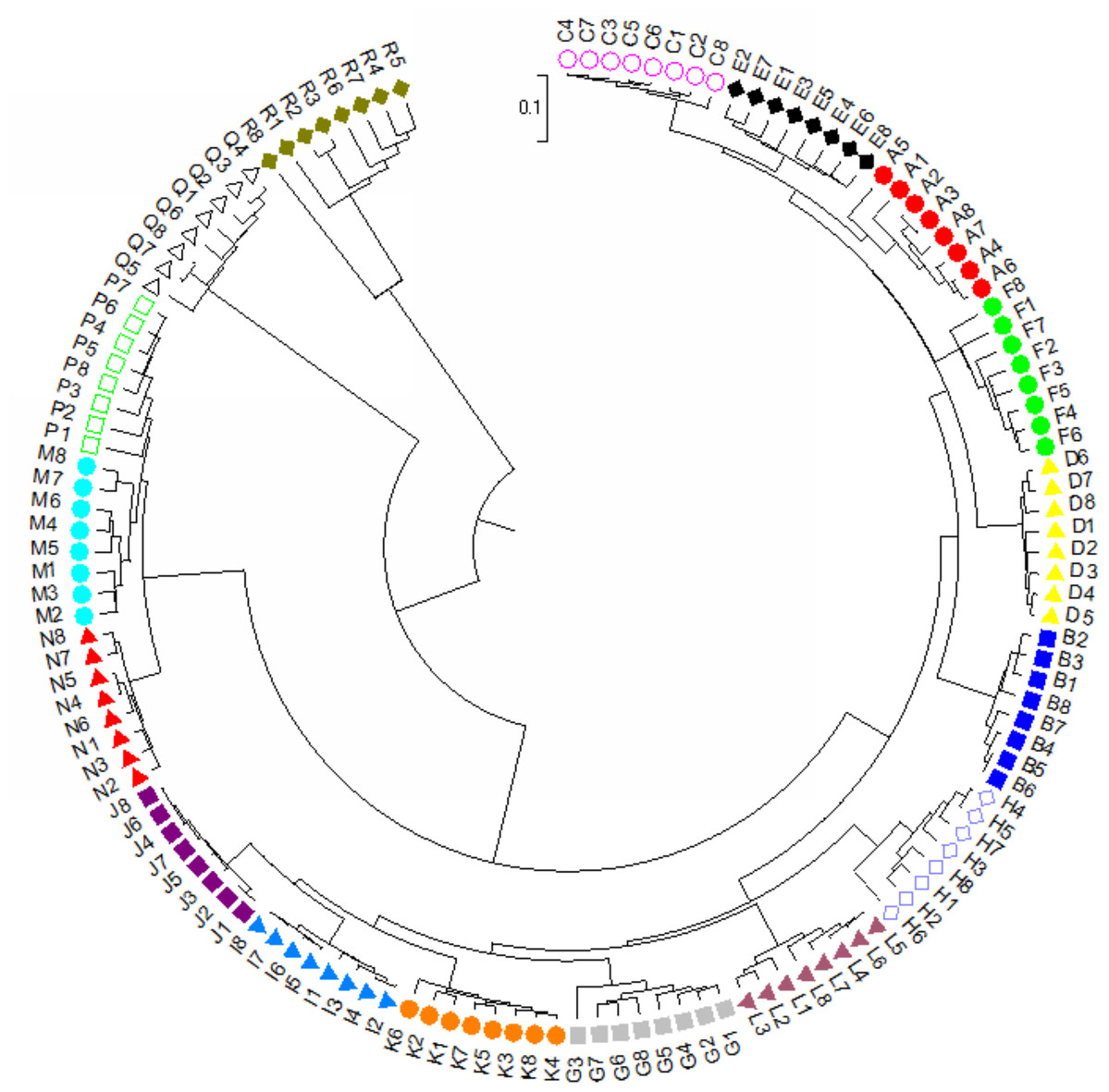

“I welcome the court’s decision to ban Sabayinda for three years as our roads have no place for such reckless and dangerous behaviour. You can also donate cash, which will go into a fund held by a charity partner to use to plug gaps or buy specialist toys for children with additional needs. You can buy a gift from the #Brumwish Amazon Wishlist here. Three donation days, held at Edgbaston to take in new and nearly new donations of gifts and books, are now ended.

This year's appeal is bigger and better than ever - because we have teamed up with our partners at #Toys4Birmingham, including Thrive Together Birmingham, the Birmingham Playcare Network, the Edgbaston Foundation and Birmingham Forward Steps.Īlso involved are Birmingham Community Healthcare NHS Trust, Barnardo's, Spurgeon's children's charity, the Springfield project in Sparkhill, St Paul's Community Development Trust and Your Local Pantry, which runs food hubs in 12 locations across Birmingham and the Black Country. Due to its simple key schedule, M6 is also vulnerable to a slide attack, which requires more known plaintext but less computation.BrumWish 2021 aims to get thousands of Christmas gifts to young children in need across our city - the homeless, the vulnerable, kids in care and kids who have little. One known plaintext reduces the complexity of a brute force attack to about 2 35 trial encryptions "a few dozen" known plaintexts lowers this number to about 2 31.

Mod 257, information about the secret key itself is revealed. Mod 5, about 100 known plaintexts suffice to distinguish the output from a pseudorandom permutation. The key schedule is very simple, producing two 32-bit subkeys: the high 32 bits of the key, and the sum mod 2 32 of this and the low 32 bits.īecause its round function is based on rotation and addition, M6 was one of the first ciphersĪttacked by mod n cryptanalysis. The key size is 40 bits by default, but can be up to 64 bits. The algorithm operates on blocks of 64 bits using a 10-round Feistel network in their cryptanalysis of this family of ciphers. Due to export controls, M6 has not been fully published nevertheless, a partial description of the algorithm based on a draft standard is given by Kelsey, et al. The design allows some freedom in choosing a few of the cipher's operations, so M6 is considered a family of ciphers. In cryptography, M6 is a block cipher proposed by Hitachi in 1997 for use in the IEEE 1394 FireWire standard. Mod n cryptanalysis: 1 known plaintext allows recovering the key with about 2 35 trial encryptions "a few dozen" known plaintexts reduces this to about 2 31


 0 kommentar(er)
0 kommentar(er)
